

From a time before ubiquitous mobile phone ownership I’ve always loved the idea of calling other rooms rather than shouting.
Spending lots of time in the basement making different projects I can’t count the number of times my communications would come in the form of muffled voices of foot stomped morse code on the floor above. A solution was needed. An intercom!
The Intercom project is super simple consisting just of an amplifier, pre-amp, speaker and other basic parts.

This was an experiment on it’s own. I was trying to see if I could cold press thin metal sheets into different shapes.
For the grill I made the form out of scrap wood. Using different size hole saws it was possible to make both the concave and convex dies to press this shape.
I added two pins and two bushings to maintain the alignment as the two halos get pressed together,
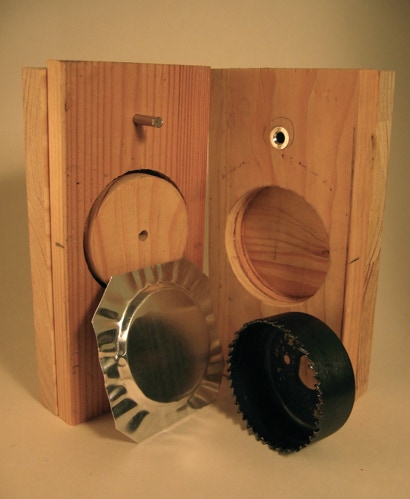
Here the two half are set up in my bench vice. The alignment pins are engaged. Now it is just a matter of placing the metal stock in and tightening the vice.
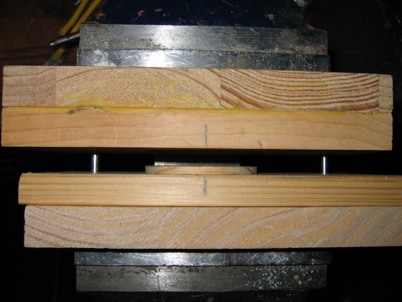
The metal used for the speaker grill comes from an old Mac computers CRT shielding.
Tin snips where used to cut out the circular speaker grill blank.
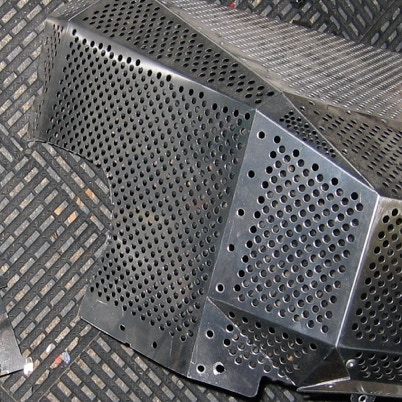
Forming the metal sheet by tightening the vice.
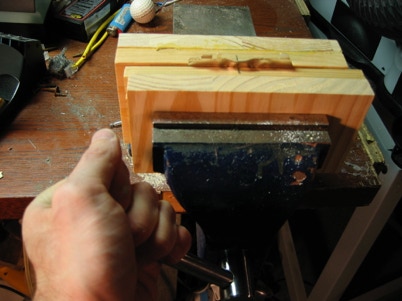

In order to make consistent and clean corner bends in the housing plastic, I made a melting jig.
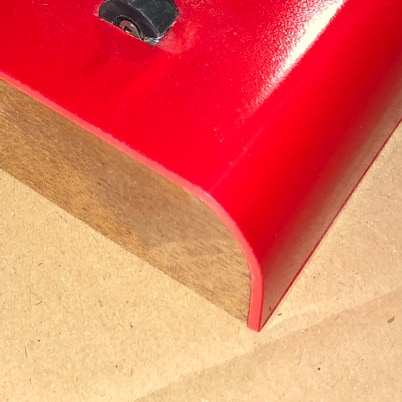
The melting jig is also make out of scrap wood. For the rounded edges I used a 1 1/4” PVC conduit cut into four. The pipe pieces where glued onto the ends of the wood form.
To shape the plastic it was gently heated with a hot air paint striping gun and then clamped onto the jig until cool.
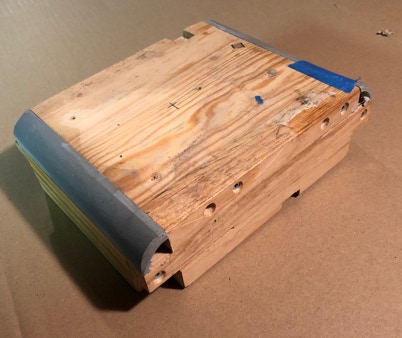

The electronics on this project worked but sounded pretty bad.
Not surprising since the intercom project is just an amplifier that plays sounds out of speaker at another location.
The switch is a double throw that at the same time switches the speaker from the amplifier output to the pre-amp input. There is no microphone.
One of the knobs is a pot used for volume control and the other is a multi-position rotating switch to direct the signal to the desired room.

Copyright SpikenzieLabs 2019